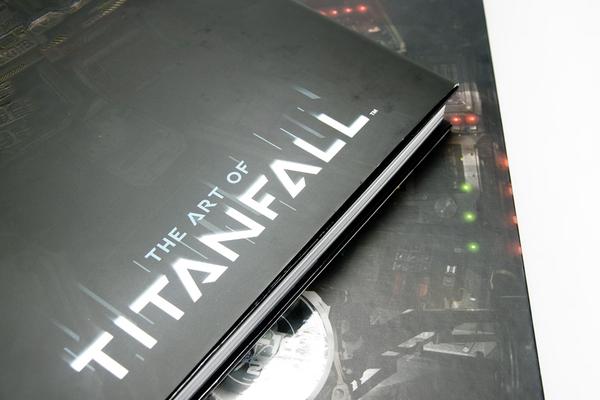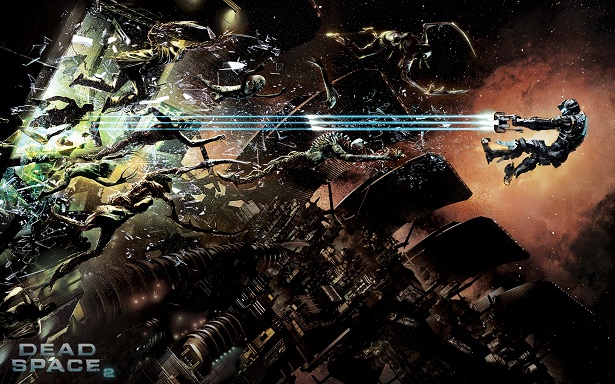

Eight years after Sly 3: Honor Among Thieves brought the original Sly Cooper trilogy to a close on PlayStation 2, the series finally makes its way to PlayStation 3. With Sly creator Sucker Punch Productions hard at work PlayStation 4 exclusive inFAMOUS: Second Son, development duties on Sly Cooper: Thieves in Time have been handed to Foster City, California’s Sanzaru Games, previously responsible for coding The Sly Collection. Is Sly’s first PlayStation 3 adventure a worthy follow-up to his excellent PlayStation 2 games? Read on for our full review of Sly Cooper: Thieves in Time.
For years, character-based 3D platforming adventures all but dominated the gaming landscape, occupying a central position – both critically and commercially – now largely reserved for first-person shooters and open-world sandboxes. Sly Cooper: Thieves in Time is very much a throwback to the classic era of Mario, Rayman, Jak and Daxter, and Ratchet & Clank, with anthropomorphic animal characters, vividly colorful cartoon worlds and carefully crafted gameplay scenarios.
Developed for both PlayStation 3 and PlayStation Vita, Thieves in Time further boasts a laundry list of features that belie its status as a budget-priced ($39.99) game. It’s a Cross-Buy title, meaning that purchasing the PS3 version of the game grants owners access to a downloadable copy of the Vita edition, and game saves can be freely traded between the two. On PlayStation 3, Sly 4 supports stereoscopic 3D (at 720p), and the game even makes use of the Dual Shock 3’s seldom-employed motion-control capabilities. It’s quite a package.
Of course, all the ancillary tech-features in the world can’t help if the game isn’t fun in its own right. Fortunately, that’s not an issue here. Sly Cooper: Thieves in Time is an absolute gem; a testament to the enduring appeal of classic 3D platformer design, and one of the very best games of its type released during the current (rapidly fading) console generation. Granted, the game hues closely to the formula established by Sucker Punch’s final two Sly Cooper excursions, but Sanzaru’s creative, technically proficient work more than stands on its own.
Despite the eight year gap between Honor Among Thieves and Thieves in Time, the latter picks up right where the former leaves off. Nifty, though conservatively animated, Saturday-morning-style cartoons both recap the story so far and keep it moving along throughout the adventure. Thieves in Time, as the title suggests, finds Sly, Bentley and Murray travelling across the ages. They’re attempting to find out why pages from the Cooper family’s touchstone tome of larceny, the Thievius Raccoonus, are mysteriously disappearing, and they’ll need to visit some of Sly’s most distinguished ancestors for help. The quest takes our gang from ancient Japan to the Old West, from an icy Stone Age to Medieval Europe and One Thousand and One Nights era Arabia.
The time travel conceit allows for a truly diverse set of levels, in terms of both aesthetics and layout, and the designers at Sanzaru haven’t shied away from the opportunity. At every turn and in every era, Thieves in Time is a strikingly good-looking, densely colorful game, with smartly designed paths and abundant opportunities for exploration. Visually, the experience peaks early. The gang’s first stop on its jaunt through history is Feudal Japan (in the episode “Turning Japanese”), and the landscape simply couldn’t be more beautifully rendered. Thick with vividly green, gently swaying bamboo and the pointed, purple leaves of Japanese Maple, decorated with water that skips over stone paths and falls in great torrents, surrounded by stately blue-grey mountains of rock and lit by the glowing windows of thatch-roofed homes, “Turning Japanese” is just stunning to behold.
Thieves in Time’s visual splendor is strengthened by its platforming mechanics, which allow players to “snap-to” sparkling environmental objects at the press of a button. Sly can climb poles, balance on tightropes, swing from hooks and more, and because doing so is a cinch for players, the game’s designers can plot complicated, twisting paths through Sly’s world – without worrying that players won’t be able to keep up. The result is that there is no obvious distinction between a gameplay path and the rest of the environment, which makes the game’s world essentially seamless.
Each of the five eras present players with an open over-world to navigate and explore, through which smaller (though not necessarily small), more linear levels can eventually be accessed. The specifics are unique to each location, but Sly and his team generally need to scope out the area, gather some materials, find and/or free the Cooper of the era, and prepare for a showdown against the stage’s dastardly boss. The focus is largely on Sly, but every member of the gang plays a part – meaning that players spend time controlling each character – including the ancestral Coopers and Interpol Agent/Sly’s ex-girlfriend, Carmelita Fox.
Structure is key to the game’s success. Most “Jobs” are good fun on their own, whether it be Sly snapping photos of an enemy’s stronghold or Bentley hacking into a computer system (which plays out as a number of arcade-style minigames, from twin stick shooters to motion-controlled ball mazes). But the best, most satisfying “Job” in each era is the final, multi-part mission in which the team comes together, Ocean’s 11 style, to take down that world’s boss. Players can spend hours in each world – more, if they’re diligently hunting down Sly 4’s optional collectibles and treasures – carefully building toward that final encounter. When it hits, the sense of urgency and import that arises from those hours of preparation is palpable; the thrill of execution, nearly sublime. Sly’s gang may not be The A-Team, but players are apt to love it when a plan comes together.
Downsides? There are very, very few. Murray, ostensibly the brawler in Sly’s gang, is just not as much fun to play as the rest of the cast, and he constantly refers to himself as “The Murray,” which is supposed to be funny, but never is. Thieves in Time is rated E10+ for, among other things, “Suggestive Themes” and “Use of Tobacco,” and it’s true that the game is, occasionally, a bit sexier and smokier than a game about cartoon animals probably needs to be – at least so far as parents of young players are concerned. It’s also pretty easy, but that’s about it.
In another, earlier era – say, roughly ten years ago – it’s easy to imagine that Sly Cooper: Thieves in Time would be a blockbuster. It’s the whole package: gorgeous graphics, excellent design, charming characters, lengthy quest. Today, it’s a different story. The entire 3D action/platforming genre has fallen out of fashion, but make no mistake: great games are timeless, and Sly Cooper: Thieves in Time is a great game that comes highly recommended. Let’s hope we don’t have to wait another eight years for the next installment.
Sly Cooper: Thieves in Time is available now for PlayStation 3 and PlayStation Vita. Game Rant reviewed the PS3 version of the game.
–
Follow me on Twitter @HakenGaken.




 Rogue Legacy PS4/PS3/Vita Beginners Guide
Rogue Legacy PS4/PS3/Vita Beginners Guide 5 lessons that Batman Arkham Knight can learn from Arkham Origins
5 lessons that Batman Arkham Knight can learn from Arkham Origins Which Websites Are Most Likely to Infect You with Malware?
Which Websites Are Most Likely to Infect You with Malware? Dead Space 2 Walkthrough Live on YouTube!
Dead Space 2 Walkthrough Live on YouTube! John Travolta turns 61. Here is a list of his best films
John Travolta turns 61. Here is a list of his best films